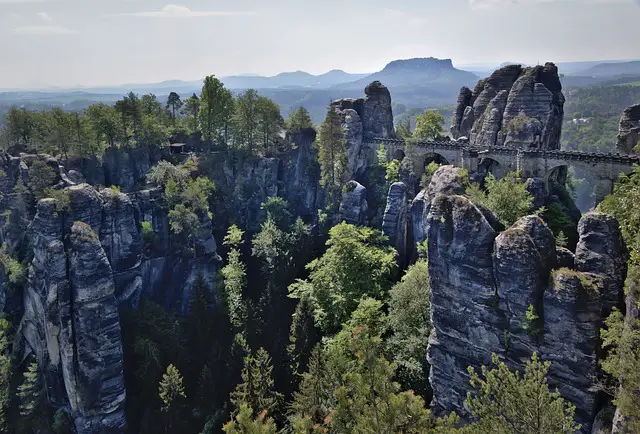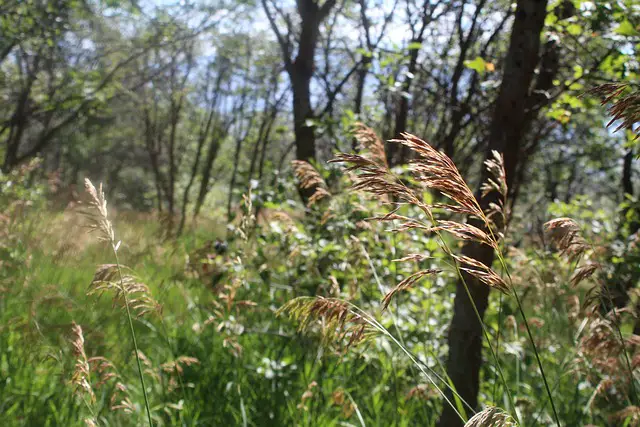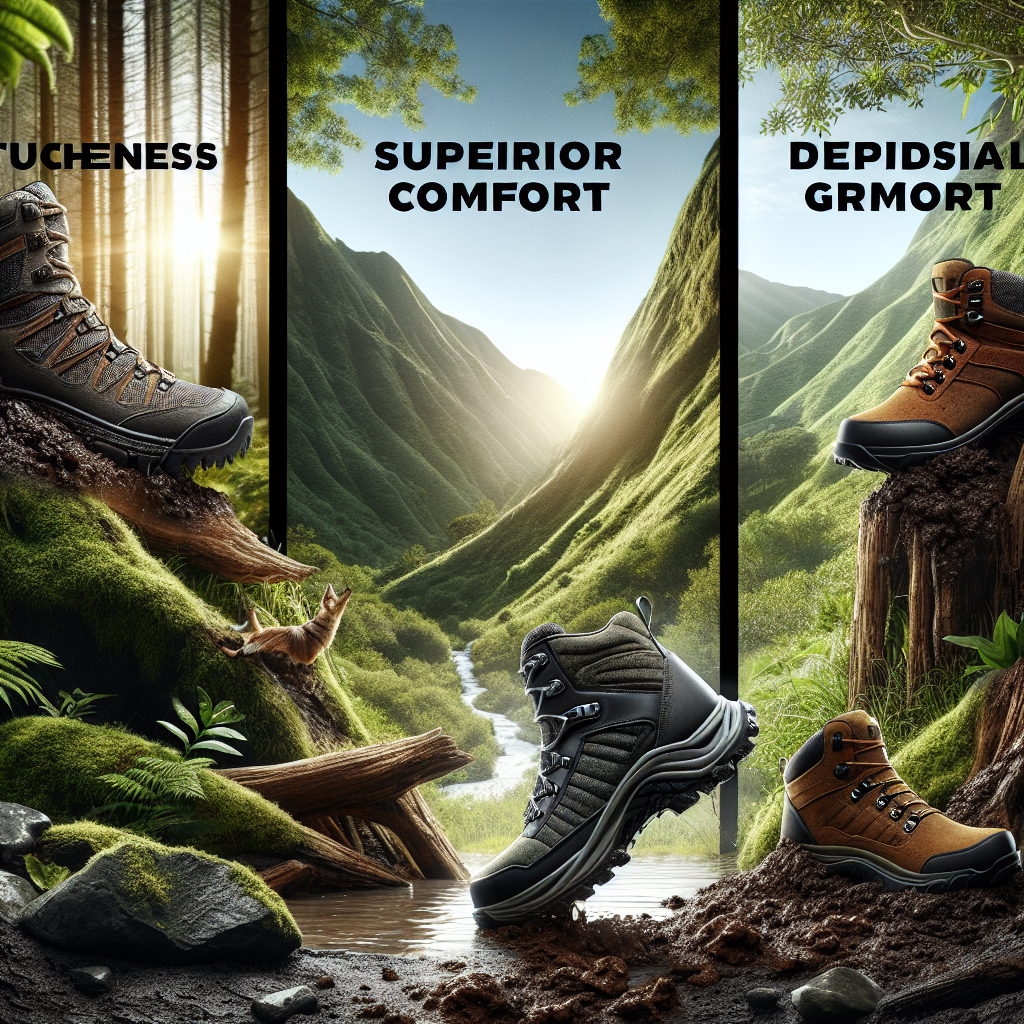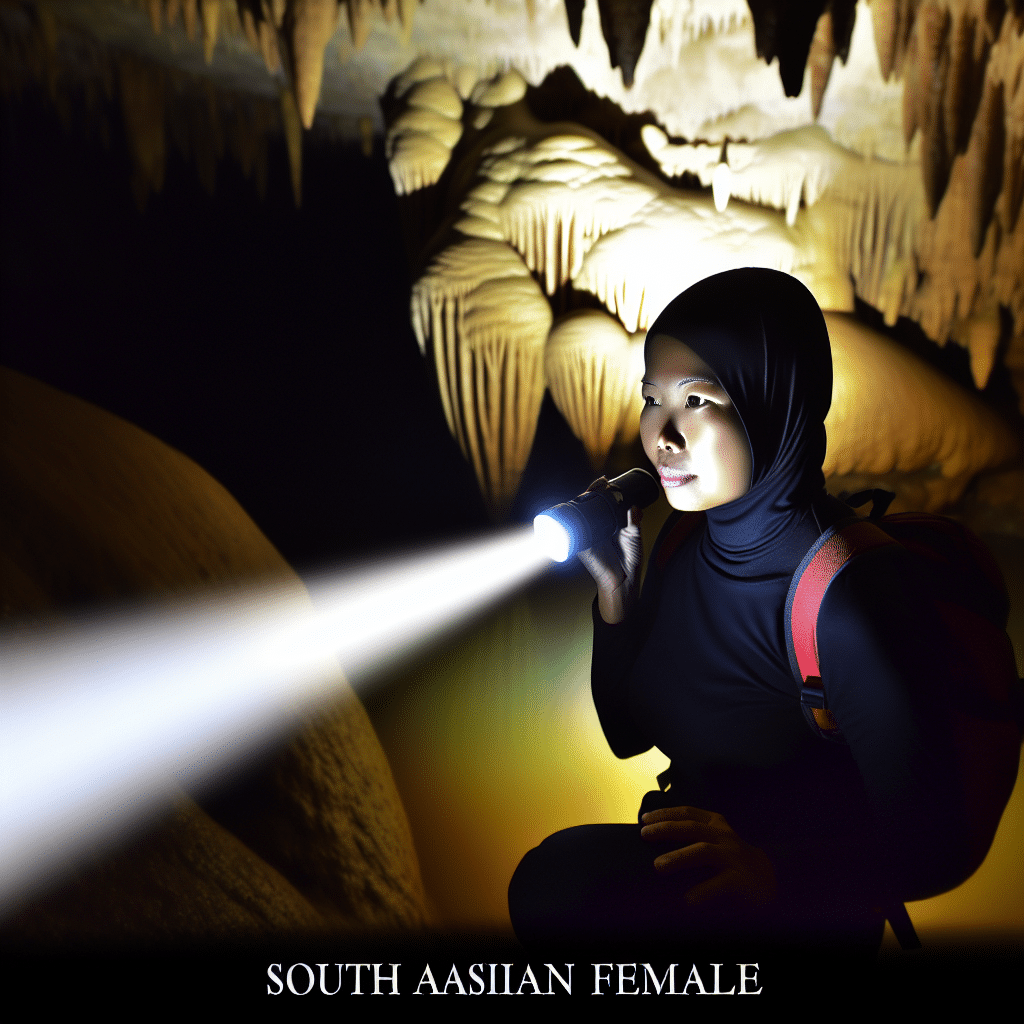As the quintessential metaphor for challenges and triumphs, mountains have inspired countless individuals to reach their peaks. However, mountain climbing is not all about the poetic symbolism; it also involves practicalities, such as having the right gear. This detailed guide will help you compile your essential mountain climbing gear list.

Why is the Correct Gear Necessary for Mountain Climbing?
Mountain climbing is a thrilling activity, but it’s also inherently risky. Having the right gear can make the difference between a successful climb and a disaster. Choosing the right tools and equipment enhances safety, improves efficiency, and maximizes comfort during your adventure.
What Should Be in Your Personal Climbing Gear List?
Clothing and Footwear
Layered Clothing
The temperatures on mountains can drastically change, necessitating layered clothing. You’ll need a base layer (thermal underwear), middle layer (for insulation, such as fleece jackets), and an outer layer (for protection against wind and rain).
Gloves and Hats
Thermal gloves and hats are crucial for warmth. Consider a second pair of gloves to switch out in case the first set becomes wet.
Hiking Boots
Invest in well-insulated, waterproof hiking boots with good ankle support. Gaiters, which cover the upper boot and lower part of your pants, are also beneficial to keep snow and debris out of your boots.
Climbing Equipment
Climbing Helmet
This protective gear is non-negotiable, providing protection from falling debris and cushioning from falls or impacts.
Climbing Harness
Your harness is your attachment point for the climbing rope. It should fit snugly but comfortably, allowing for full range of motion.
Crampons
Crampons are attached to the bottom of your boots, providing extra grip on icy or snowy surfaces.
Ice Axes
These tools are multifunctional, serving as walking aids on steep terrain and as self-arrest devices during a fall.
Navigation and Communication Tools
Compass and Maps
Even with GPS, it’s smart to carry a traditional compass and topographic maps of your climbing area for backup.
Two-Way Radios
Consider bringing two-way radios for safety and communication, especially in areas with no cell service.
Survival Gear
First Aid Kit
Your kit should include bandages, wound dressing materials, pain relievers, and any personal medication.
Headlamp
A headlamp is essential for any after-dark activities. Choose a waterproof model with extra batteries.
Emergency Blanket
Also known as space blankets, these retain body heat, a key survival feature if you’re stuck overnight in cold temperatures.
Food and Water
Finally, don’t forget sustenance! High-energy food and adequate water are essential for your mountain climbing journey.
In conclusion, this mountain climbing gear list should help you appropriately equip yourself for your thrilling adventure. Remember, it’s better to be over-prepared than underprepared when tackling the lofty challenge of mountain climbing.



